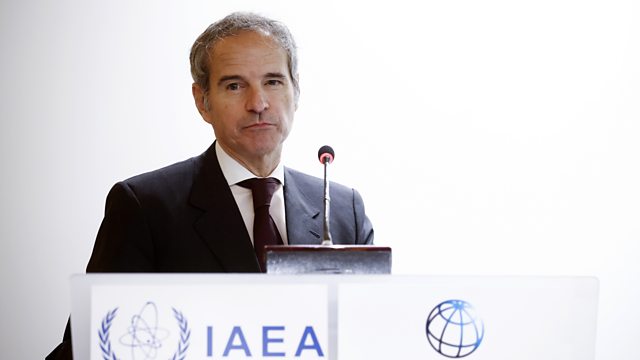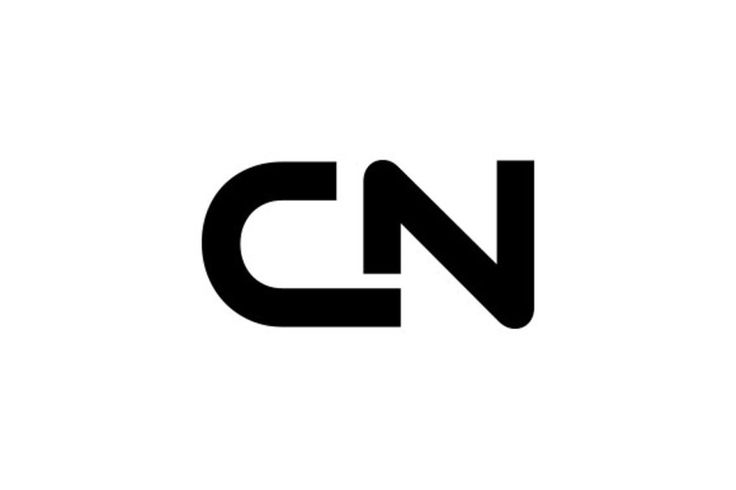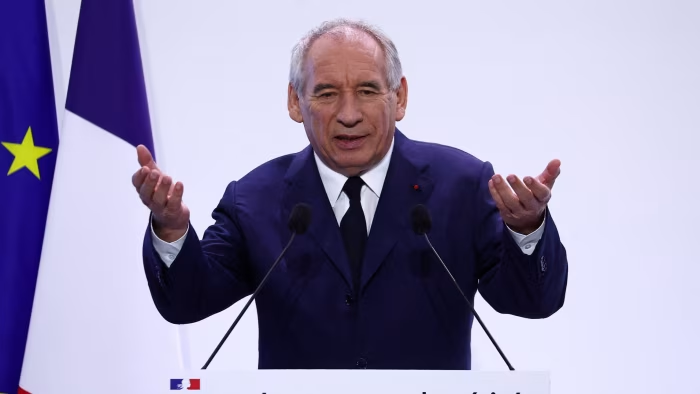Iran’s Nuclear Ambitions – A Ticking Clock

Overview
Rafael Grossi, Director General of the International Atomic Energy Agency (IAEA), has raised alarms: Iran could resume enriching uranium “in a matter of months”, despite recent military attacks by the U.S. and Israel. While critical infrastructure has been hit, Grossi emphasizes that damage is “severe but not total”, and Iran still retains the key components—technical knowledge, industrial capacity, and possibly intact centrifuge cascades—to re‑activate its enrichment program.
Damage Assessment & Stockpile Status
Strikes in June 2025
- Over a 12‑day period, U.S. and Israeli forces struck major facilities at Fordow, Natanz, and Isfahan.
- While officials claim the sites were “obliterated,” Grossi and intelligence assessments suggest the setbacks amount to mere months, not years.
Stockpile & Movement
- Iran’s 400–900 kg stockpile of highly enriched uranium (HEU) remains a key concern. It’s unclear how much was destroyed versus relocated.
- Enriched to around 60% purity, it’s perilously close to weapons‑grade levels. If refined further, it’s sufficient for multiple nuclear weapons.
Why It Matters
- Knowledge ≠ Destroyable: The expertise and industrial base for uranium enrichment can’t be eradicated by bombs.
- Underground Redundancies: Iran likely houses additional underground facilities that remain unknown or untouched.
- Diplomatic Flashpoints: Iran has suspended cooperation with the IAEA and its parliament is considering pulling out of the Nuclear Non‑Proliferation Treaty.
What Lies Ahead
- IAEA access: Grossi insists on returning inspectors to re‑establish oversight and confirm the location and status of nuclear materials.
- Stockpile clarity: Pinpointing and accounting for Iran’s HEU remains vital. Without that, the situation remains a “hanging” threat .
- Diplomatic efforts: Grossi calls for renewed talks to secure a long‑term, peaceful solution—with some momentum from recent European‑Iran dialogue before the strikes disrupted progress.
- Military ceiling: Grossi is clear: military strikes cannot deliver a permanent fix. The knowledge and infrastructure endure.
Regional & Global Implications
- Middle East stability: Iran’s rapid restart could prompt regional rivals to pursue nuclear capabilities, escalating tensions across the Gulf.
- Proliferation risk: Iran’s potential stockpile growth and centrifuge reactivation raise alarms over nuclear weapons proliferation.
- Diplomacy or deterrence: Understanding this timeline is crucial—whether policymakers opt for renewed diplomatic engagement or threaten further action.
Final Takeaway
Although recent airstrikes have significantly degraded Iran’s nuclear infrastructure, they have not eliminated its capacity to enrich uranium. With Iran’s capabilities and materials largely intact, it could reignite enrichment operations within months. The clock is ticking: diplomatic pressure and transparency via the IAEA are now indispensable to prevent a nuclear relapse.




